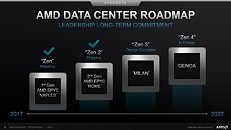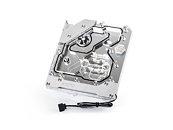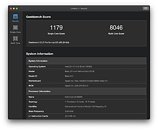
Samsung Shuts Down Its Custom CPU Design Group
According to the information obtained by Statesman, Samsung Electronics is shutting down its custom CPU design group within the company. Known for the designs of mobile SoCs like Exynos 9110, 9810 and 9820 just to name a few, it seems that there will be no more future developments of custom Exynos SoC for Samsung's mobile devices. Instead of designing its own cores, Samsung is now going to use ARM's reference A7x series of CPUs based on ARM v8 instruction set, with A76 or A77 being chosen as likely candidates for the high-performance workloads.
So far it is still unknown what will be inside new processors like the upcoming Exynos 9830 SoC, meant to power the next generation of mobile devices. But if things are like Samsung states, there should be reference ARM cores like A77 inside the new chip. Already announced chips like Exynos 990 are supposed to use a custom CPU core, while all future revisions of any new Exynos SoC will license a design IP from ARM. This decision is supposedly a by-product of being unable to compete with offers from Qualcomm, which offers faster "Snapdragon" SoCs. Samsung already uses the Snapdragon SoCs in its phones for the US and Chinese markets, while the rest of the world is getting an Exynos equivalent with the purchase of the same mobile device.
So far it is still unknown what will be inside new processors like the upcoming Exynos 9830 SoC, meant to power the next generation of mobile devices. But if things are like Samsung states, there should be reference ARM cores like A77 inside the new chip. Already announced chips like Exynos 990 are supposed to use a custom CPU core, while all future revisions of any new Exynos SoC will license a design IP from ARM. This decision is supposedly a by-product of being unable to compete with offers from Qualcomm, which offers faster "Snapdragon" SoCs. Samsung already uses the Snapdragon SoCs in its phones for the US and Chinese markets, while the rest of the world is getting an Exynos equivalent with the purchase of the same mobile device.



















































